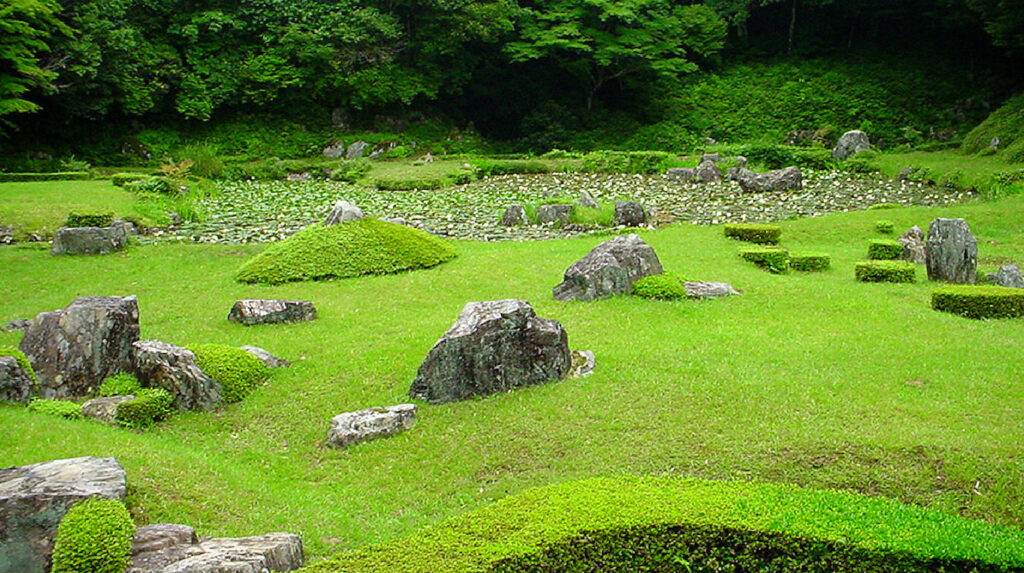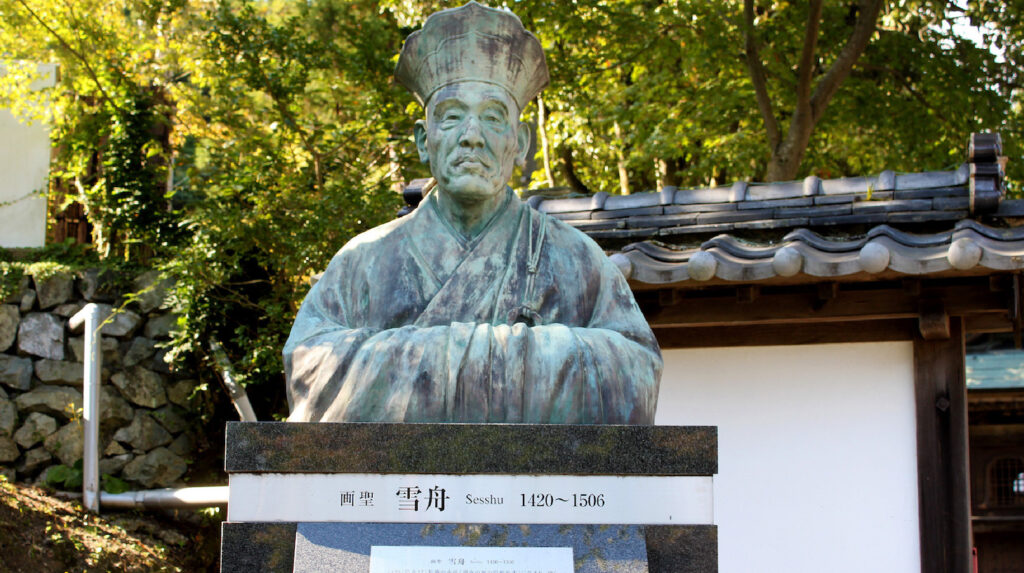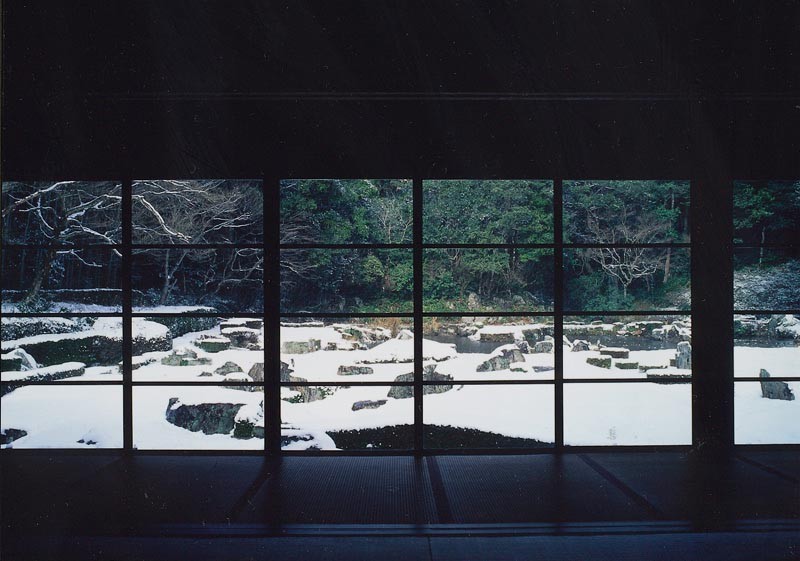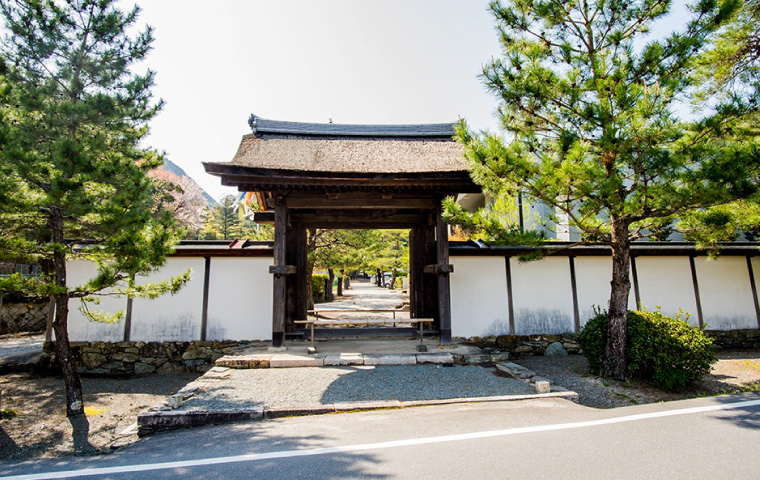
Chomonkyo Gorge
Outline Changmon Gorge is a valley representing Yamaguchi Prefecture, the country
Info
Business Hours
Price
Spot Category



Outline
The garden is said to have been designed by Sesshū, a monk and renowned ink painter, about 500 years ago during the era of Myōkiji Temple, when Ōuchi Masahiro used it as a villa. It is now designated as a National Historic Site and Place of Scenic Beauty. The garden is located on the north side of the main hall, with an inner garden covering approximately 30 ares, surrounded by forests on the east, west, and north sides. In recent years, these surrounding forests have also been included in the designated area.
The stones used in the garden are said to be diorite transported from nearby mountains. The garden features a waterfall on the north side and a central pond called Muzen-ike (Shinji-ike), surrounded by an abundance of arranged garden stones. Many of these stones are standing stones, a characteristic feature of the Muromachi period. Above the garden, there is a small hill that serves as the water source for Shimei-ike and Benten-ike. The water from Benten-ike flows in two directions: One stream flows into Senryū-ike and then into Muzen-ike via Senjikei. The other stream flows past Zazen-seki and into the pond. The waterfall on the north side is known as Godokei in the lower part and Yōunkei in the upper part, with Shimei-ike situated above it. Although the waterfall is now dry and called a “dry waterfall,” it is believed that water originally flowed through it. The stone arrangement of the waterfall is impressive and strongly reflects the characteristics of the Muromachi period.
In the pond, there are four islands known as Shisen-tō (Four Immortal Islands). On the eastern shore of the pond, there is a large stone called Butsu-seki (Buddha Stone), which is a combination of Reishō-seki and Tōkei-seki stones. To the northwest, there are stone arrangements known as Jūroku Rakan (Sixteen Arhats) and a stone called Zazen-seki (Meditation Stone). In front of the main hall to the south, a stone symbolizing Mount Fuji (called Fugaku) is placed at the center. In front of this, there are stone arrangements that represent three mountains and five peaks of the Chinese continent, including: Shūnanzan Gotaisan Rozan Kazanzan Kōzan Hyakujōzan This design is said to be inspired by Sesshū’s vision of the Chinese landscape.
Copyright Yamaguchi Tourism Convention Association All Rights Reserved.

Outline Changmon Gorge is a valley representing Yamaguchi Prefecture, the country

The treasury of cultural treasures such as the mountain gate of Shigemun, the feudal lords are in flames at the end of the Tokugawa period

Outline The Muromachi period, Yamaguchi's made to imitate Kyoto
This website uses cookies so that we can provide you with the best user experience possible. Cookie information is stored in your browser and performs functions such as recognising you when you return to our website and helping our team to understand which sections of the website you find most interesting and useful.
Strictly Necessary Cookie should be enabled at all times so that we can save your preferences for cookie settings.
If you disable this cookie, we will not be able to save your preferences. This means that every time you visit this website you will need to enable or disable cookies again.
